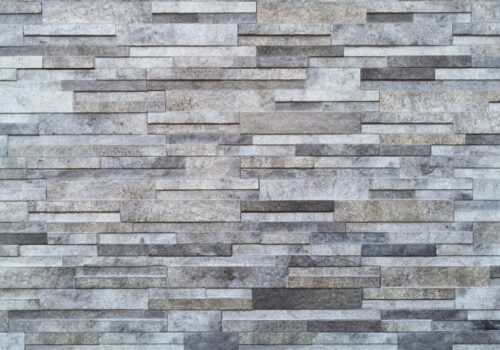A Complete Overview of Plaster Cladding: All You Need to Know
Plaster cladding is a popular choice in both residential and commercial construction for its aesthetic appeal and functional benefits. This versatile solution enhances the exterior of a building, offering protection and style in equal measure. Whether you’re renovating an older property or building something new, plaster cladding could be the perfect option.
What is Plaster Cladding?
Plaster cladding involves applying a thin layer of plaster over a substrate, such as brick, concrete, or a frame. This layer acts as a protective skin, shielding the structure beneath from weather elements while providing a smooth, attractive finish. Plaster cladding can be used on both interior and exterior surfaces, but it is most commonly applied to the outside of buildings.
Types of Plaster Cladding
There are several types of plaster cladding, each suited to different needs:
- Traditional Lime Plaster: This option has been used for centuries and is favoured for its breathability and flexibility. It allows moisture to escape from the building, reducing the risk of dampness.
- Cement-based Plaster: Known for its durability, this type is ideal for structures exposed to harsh weather conditions. It provides a strong, waterproof barrier that requires minimal maintenance.
- Acrylic Plaster: This modern variant is highly resistant to cracking and offers a wide range of finishes. It’s also more flexible than cement-based options, making it ideal for contemporary buildings.
Advantages of Plaster Cladding
Plaster cladding offers numerous advantages:
- Aesthetic Appeal: Plaster cladding provides a clean, smooth finish that can be customised with various textures and colours, enhancing the building’s appearance.
- Weather Protection: It acts as a protective layer against rain, wind, and sun, preventing damage to the underlying structure.
- Insulation: Certain types of plaster cladding can improve the thermal performance of a building, helping to keep interiors warm in winter and cool in summer.
- Durability: When properly applied, plaster cladding can last for decades with minimal maintenance.
Application Process
The process of applying plaster cladding typically involves several steps:
- Surface Preparation: The substrate must be clean, dry, and free of any loose material.
- Base Coat: A base coat is applied to create a smooth surface for the plaster to adhere to.
- Plaster Application: The plaster is then applied in one or more layers, depending on the desired thickness and finish.
- Finishing: The plaster is smoothed or textured as required, then left to dry.
Conclusion
Plaster cladding is a versatile, durable, and aesthetically pleasing option for both residential and commercial buildings. Whether you’re aiming for a traditional look with lime plaster or a modern finish with acrylic, this technique offers a range of benefits that make it a smart choice.





